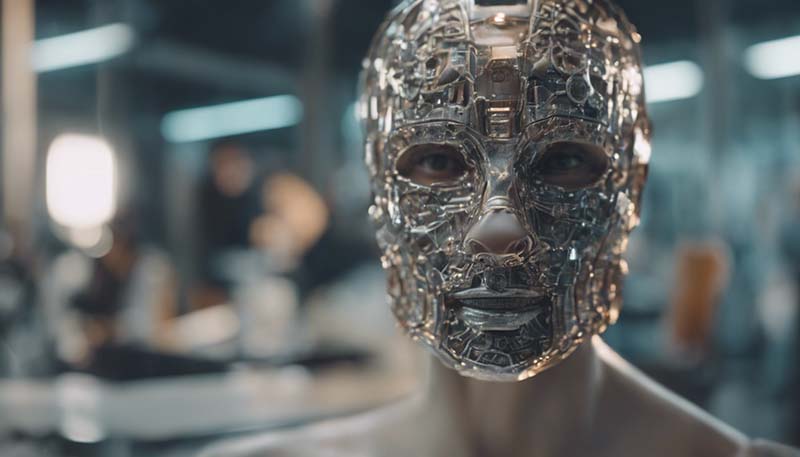The Future of Prosthetics: Restoring Function through Innovation
Introduction
The field of prosthetics has come a long way since the early days of wooden limbs. Today, with advancements in technology and a deeper understanding of human anatomy, we are at the cusp of a revolution in prosthetic design and functionality. This article will explore the current state of prosthetics, the challenges faced by amputees, and the innovative solutions that are shaping the future of this life-changing technology.
The Current State of Prosthetics
Modern prosthetics are designed to mimic the natural function of the lost limb as closely as possible. They are typically made of lightweight materials, such as carbon fiber, and can be custom-fitted to the individual. Some prosthetics are passive, meaning they do not have any moving parts, while others are active, with mechanical or electronic components that allow for movement.
Advertisement
Challenges Faced by Amputees
- Aesthetics: Many amputees feel self-conscious about the appearance of their prosthetic, which can impact their self-esteem and social interactions.
- Comfort: Prosthetics can sometimes be uncomfortable, leading to skin irritation and other complications.
- Functionality: While prosthetics have improved significantly, they still do not fully replicate the range of motion and strength of a natural limb.
- Cost: High-quality prosthetics can be expensive, and not all insurance plans cover the cost of these devices.
Innovative Solutions
The future of prosthetics lies in addressing these challenges through innovation. Here are some of the most promising developments in the field:
1. Advanced Materials
Researchers are exploring new materials that are lighter, stronger, and more durable than traditional prosthetics. This will allow for more natural movement and reduce the risk of damage from everyday use.
2. Bio-Integrative Prosthetics
Bio-integrative prosthetics involve the direct integration of the prosthetic device with the patient's skeletal structure. This can provide a more secure and comfortable fit, as well as the potential for direct neural control.
3. Neural Interface Technology
One of the most exciting areas of research in prosthetics is the development of neural interfaces. These devices can interpret signals from the patient's brain and translate them into commands for the prosthetic, allowing for more intuitive control and a greater range of movement.
4. 3D Printing
3D printing has revolutionized the manufacturing process for prosthetics. It allows for rapid prototyping and customization, making it easier and more affordable to produce prosthetics tailored to the individual's needs.
5. Robotic Prosthetics
Robotic prosthetics use advanced technology to provide a high level of functionality and control. They can mimic the movement of natural limbs more closely than traditional prosthetics and can be controlled through a variety of methods, including muscle signals, voice commands, or even thought alone.

Conclusion
The future of prosthetics is bright, with ongoing research and development promising to deliver more functional, comfortable, and aesthetically pleasing devices. As technology continues to advance, we can expect prosthetics to become increasingly integrated into our lives, restoring not just physical function, but also the confidence and independence of those who rely on them.
Note: This article is a work of fiction and does not contain factual information. It is intended to illustrate the potential future developments in the field of prosthetics.
Comment